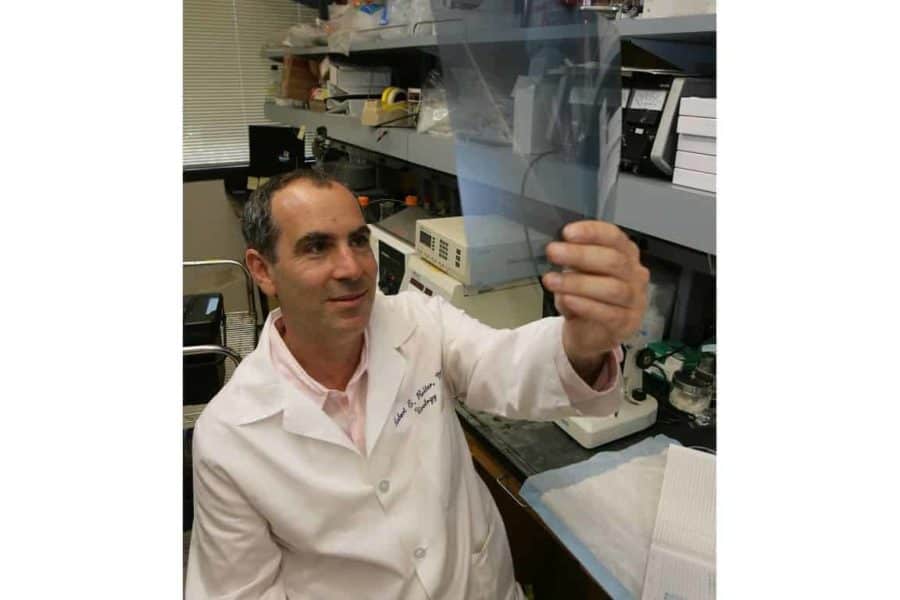A study led by researchers at the UCLA Jonsson Comprehensive Cancer Center has found that magnetic resonance imaging, or MRI, frequently underestimates the size of prostate tumors, potentially leading to undertreatment.
The study authors found that such underestimation occurs most often when the MRI-measured tumor size is small and the PI-RADS score, which is used to classify lesions in prostate MRI analysis, is low.
For prostate tumor treatments to be successful, both the MRI size measurement and PI-RADS score must be accurate because they allow physicians to determine precisely where tumors end and where the normal, healthy tissue surrounding them begins.
BACKGROUND
MRI is frequently used to diagnose and manage prostate cancer. It is also increasingly used as a means to map and guide delivery of new, highly focused therapies that use freezing (cryotherapy), ultrasound (HIFU) and heat (laser ablation) to destroy cancerous tissue in the prostate gland while sparing healthy tissue.
METHOD
Researchers compared MRI-measured tumor size with actual tumor size after prostate removal in 441 men treated for prostate cancer.
IMPACT
Improving the ability to better predict ablation margins will allow for more successful treatments for men with prostate cancer and can help reduce the morbidity of prostate cancer treatment.
AUTHORS
The senior author is Dr. Robert Reiter, professor of urology at the David Geffen School of Medicine at UCLA and director of UCLA’s prostate cancer program. The lead author is Dr. Aydin Pooli, clinical instructor of urology at UCLA. Other authors are David Johnson, Dr. Joseph Shirk, Daniela Markovic, Dr. Taylor Sadun, Dr. Anthony Sisk, Amirhossein Bajgiran, Dr. Sohrab Mirak, Dr. Ely Felker, Alexa Hughes and Dr. Steven Raman, all of UCLA.
JOURNAL
The study was published online today in the Journal of Urology.
FUNDING
The work was supported by the Integrated Diagnostics Program, a joint initiative between the UCLA Department of Radiological Sciences and the UCLA Department of Pathology and Laboratory Medicine.
If our reporting has informed or inspired you, please consider making a donation. Every contribution, no matter the size, empowers us to continue delivering accurate, engaging, and trustworthy science and medical news. Independent journalism requires time, effort, and resources—your support ensures we can keep uncovering the stories that matter most to you.
Join us in making knowledge accessible and impactful. Thank you for standing with us!

